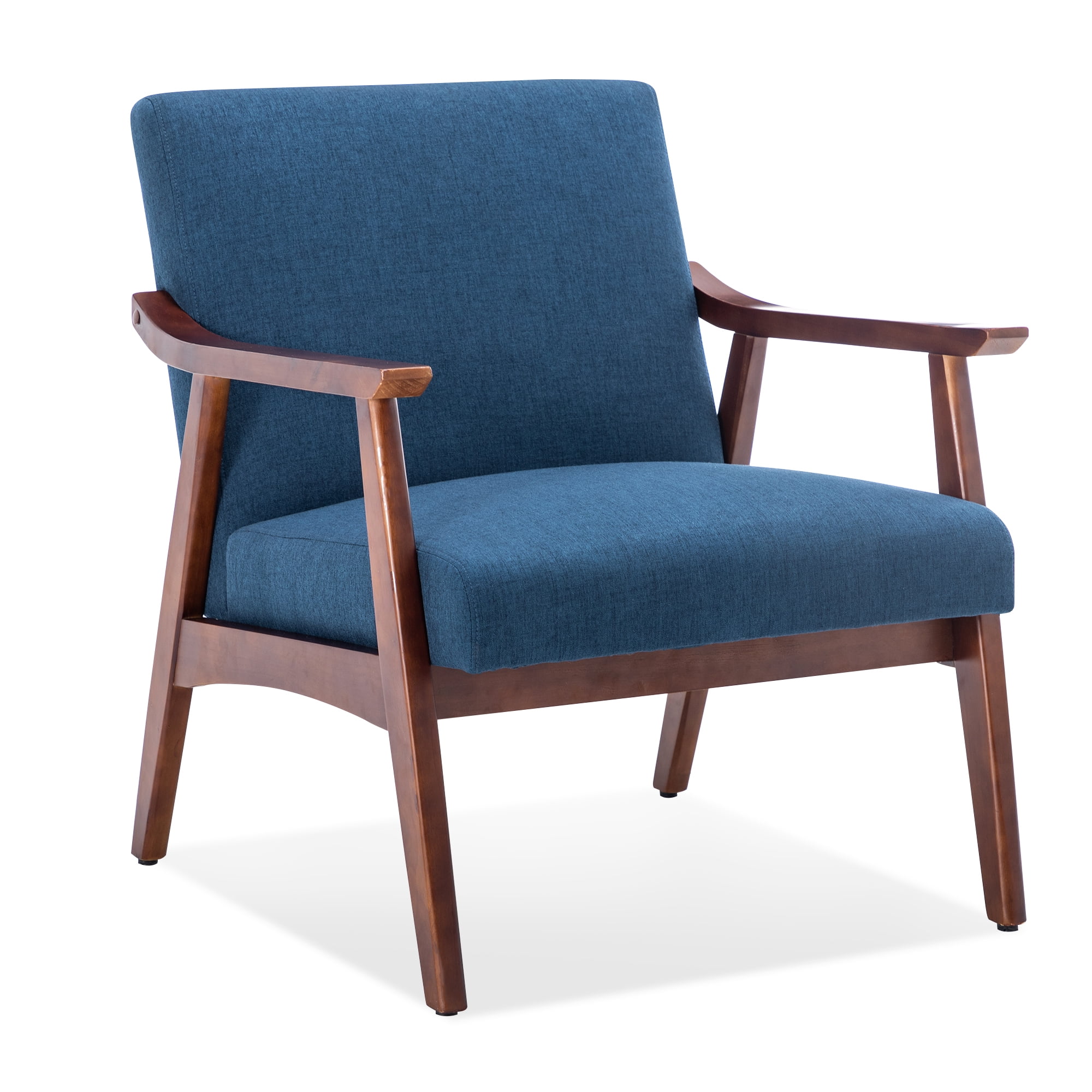Design & Aesthetics of Black Mid-Century Chairs: Black Mid Century Chair

Black mid-century modern chairs represent a pinnacle of design, seamlessly blending functionality with sophisticated aesthetics. Their enduring appeal stems from a commitment to clean lines, organic forms, and high-quality materials, creating pieces that are both timeless and effortlessly stylish. This style transcends fleeting trends, offering a sense of enduring elegance that complements a wide range of interior design styles.
Defining Design Elements of Black Mid-Century Modern Chairs
The defining characteristics of black mid-century modern chairs lie in their thoughtful integration of form and function. Materials often include richly grained wood, such as walnut or teak, meticulously crafted and stained a deep, elegant black. Alternatively, some designs feature sleek metal frames, often powder-coated black for a smooth, matte finish. The shapes themselves are typically characterized by clean lines, tapered legs, and sometimes a slight curve or organic form that adds visual interest without sacrificing simplicity. Upholstery, when present, often uses high-quality leather or fabric in neutral tones that complement the black frame, emphasizing the chair’s sophisticated minimalism. The overall effect is one of understated elegance, a harmonious blend of natural materials and refined craftsmanship.
Comparison of Design Philosophies
Eames chairs, iconic examples of mid-century modern design, often showcase molded plywood or fiberglass shells, emphasizing innovative manufacturing techniques and ergonomic considerations. Their black iterations maintain this focus on functionality while adding a touch of dramatic sophistication. In contrast, Danish modern designs, while sharing a similar appreciation for clean lines and natural materials, often lean towards a more organic, handcrafted aesthetic. A black Danish modern chair might feature subtly curved legs and a more sculpted wooden frame, reflecting a deeper connection to the natural world. Both styles, however, share a common thread: a rejection of ornamentation in favor of elegant simplicity and a focus on creating comfortable, enduring pieces.
Visual Representation of a Black Mid-Century Chair
Imagine a chair poised elegantly in a sun-drenched living room. Its form is a study in graceful curves and clean lines. The frame, crafted from richly dark stained walnut, boasts slender, tapered legs that gently splay outward, providing both stability and a sense of airy lightness. The seat, upholstered in a supple, charcoal-grey leather, subtly contrasts with the deep black of the frame, creating a sophisticated visual harmony. The chair’s back is gently curved, offering both ergonomic support and a pleasing visual contour. The overall impression is one of quiet sophistication, a piece that seamlessly blends into its surroundings while commanding attention with its understated elegance. The subtle sheen of the leather reflects the sunlight, highlighting the chair’s smooth, organic lines. It sits nestled amongst other carefully chosen mid-century pieces, creating a cohesive and inviting space. The chair’s presence is a silent testament to enduring design and craftsmanship.
Historical Context and Evolution

The mid-century modern design era, spanning roughly from the late 1930s to the mid-1960s, witnessed a surge in popularity for black furniture, including chairs. This wasn’t simply a matter of aesthetic preference; the choice of black reflected broader social and cultural shifts occurring at the time.
The post-World War II economic boom fueled a desire for modern, streamlined furniture that reflected a sense of optimism and progress. Black, a color often associated with sophistication and elegance, perfectly complemented the clean lines and minimalist forms characteristic of mid-century modern design. Furthermore, the rise of mass production techniques allowed for the efficient and affordable manufacturing of black-finished chairs, making them accessible to a wider range of consumers. The increasing prominence of industrial design principles also played a crucial role, emphasizing functionality and efficiency in design.
Influential Designers and Manufacturers
Several key figures significantly contributed to the prevalence of black mid-century modern chairs. These designers and manufacturers understood the power of simplicity and the versatility of black as a finishing touch, creating iconic pieces that continue to inspire today. Their innovations in materials and manufacturing techniques also played a vital role in the accessibility and affordability of these designs.
For instance, Eero Saarinen’s iconic Tulip chair, while not always produced in black, demonstrates the mid-century modern aesthetic’s embrace of simplicity and clean lines. Its pedestal base and molded plastic seat exemplify the era’s focus on innovative materials and manufacturing. Similarly, designers like Paul McCobb, known for his Planner Group furniture, utilized black finishes to highlight the sleek, functional designs of his pieces. Companies such as Herman Miller and Knoll became synonymous with quality and innovation, producing many black mid-century modern chairs that are now highly sought-after collectibles. These manufacturers championed the use of high-quality materials and meticulous craftsmanship, ensuring that their pieces would stand the test of time.
Evolution of Design and Production, Black mid century chair
The design and production of black mid-century modern chairs underwent a notable evolution throughout the period. Early examples often featured simple, unadorned forms, reflecting a post-war emphasis on functionality and affordability. As the era progressed, designers began to experiment more with materials and techniques, incorporating elements like molded plywood, plastic, and metal. These advancements allowed for more complex and sculptural forms, as seen in some of the later designs.
The use of black lacquer finishes became increasingly sophisticated, with variations in sheen and texture adding depth and visual interest. Initially, simpler techniques were employed, but as technology advanced, more complex finishes were developed, leading to a wider range of aesthetic possibilities. The shift from predominantly wood to the incorporation of plastics and other materials also reflected broader changes in manufacturing and design sensibilities. The increased availability and affordability of these materials made it possible to create more diverse and visually striking pieces. This evolution reflects the dynamic nature of mid-century modern design, constantly adapting and responding to new technological and social developments.
